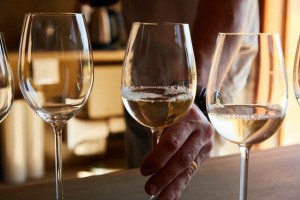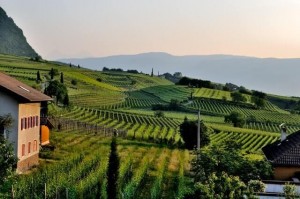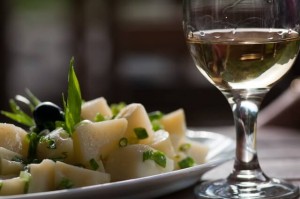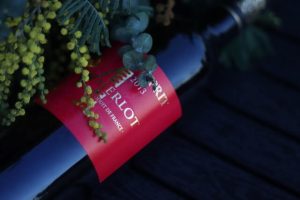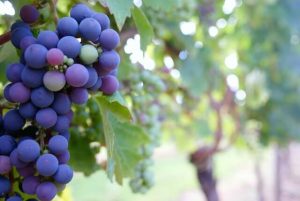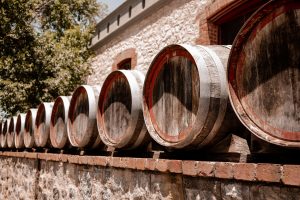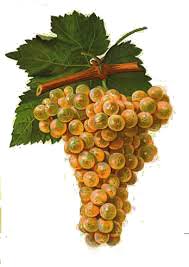Rosé Wine: Best Food Pairings for This Refreshing Wine
Rosé wine is crisp and oh so refreshing and is a popular wine choice during the summer months. One fun way to quench your summer thirst is with a vibrant and fruit-forward glass of rosé. Made with red wine grapes such as the popular varietals Grenache, Pinot Noir, Cabernet Sauvignon or Franc, Sangiovese etc., this pink-hued wine is produced all over the globe. However, when it comes to selecting a rosé wine, some considerations should be kept in mind. Rosé wine is crisp and oh so refreshing and is a popular wine choice during the summer months. One fun way to quench your summer thirst is with a vibrant and fruit-forward glass of rosé. Made with red wine grapes such as the popular varietals Grenache, Pinot Noir, Cabernet Sauvignon or Franc, Sangiovese etc., this pink-hued wine is produced all over the globe. However, when it comes to selecting a rosé wine, some considerations should be kept in mind. Below, we will guide you through the various rosé wine production methods, different styles of rosé wine, and which dishes are best paired with this delightful wine. Understanding Rosé Wine Production Methods Rosé wine has many faces and is more interesting than one might think. Winemakers use various production methods when making rosé wine and knowing the difference between them can make a difference when determining which style you prefer more. There are four main production methods used: limited skin maceration, the “saignée method”, blending, and direct pressing. Limited Skin Maceration Limited skin maceration is the most popular method used by winemakers during the production of rosé wine. As you may already know, maceration or skin contact after crushing is essential for all wine, except for white wine. The juice and grape skins are left to soak (macerate) until a suitable colour is achieved for the final product. For rosé wine, the grape skins and juice come into contact for a few hours, typically between 12 and 24 hours. Both the colour and aroma intensity are heavily influenced by the length of the maceration. This is why rosé wines can vary in colour as well, spanning from light blush pink to bright deeper pink. Once maceration is complete, the juice is drawn off the grape skins and the fermentation process begins. Saignée Method Also referred to as the ‘bleeding’ method, the saignée method is often used in the regions of Bordeaux and Burgundy. Originally, this method was used as a way of concentrating red wine. Winemakers would vinify a red wine to standard and then during the maceration process would remove some juice. The ‘bled’ or removed juice is then separately used to produce rosé wine. Rosé wine produced using the saignée method can often be a lot richer in style. Blending Using the blending method in the production of rosé wines is somewhat controversial, especially in the European Union. The blending of rosé wine involves the mixing of white and red wine post-fermentation which is strictly prohibited, except in the Champagne …



